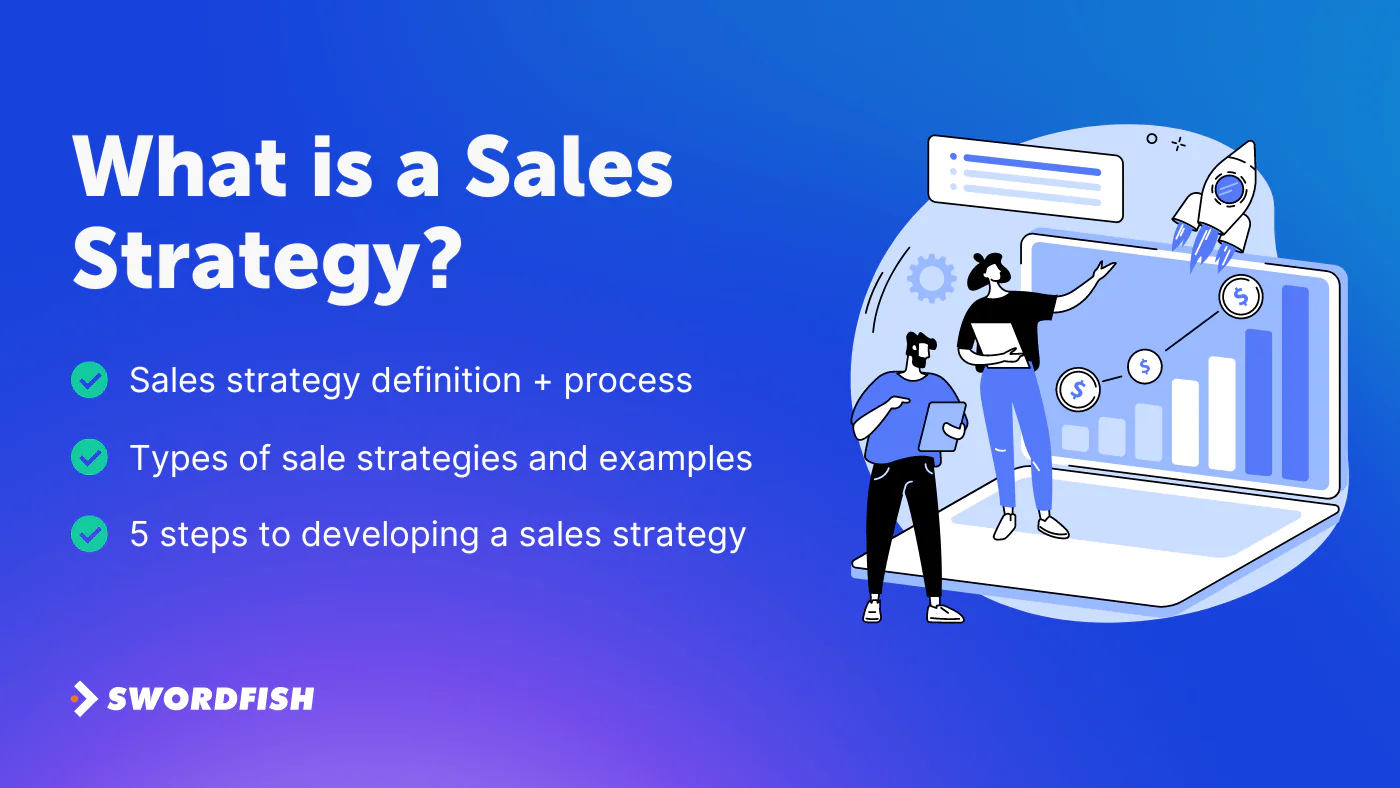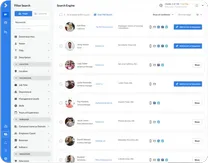
Let’s talk about something that’s crucial for any sales team: having a well-defined sales strategy. You might be wondering, “Why is this so important?” Well, picture this: without a clear roadmap, even the best salespeople can feel like they’re navigating a maze. A strong sales strategy not only unites your team but also amplifies their efforts, leading to greater success.
So, what makes a sales strategy effective? Here are some key elements to consider:
- Clear Objectives: Define what you aim to achieve. This could be increasing sales by a certain percentage, breaking into a new market, or boosting customer retention.
- Target Audience: Know who you’re selling to. Identifying your ideal customer helps tailor your approach and makes your efforts more efficient.
- Unique Selling Proposition (USP): What makes your product or service stand out? Highlighting your USP can give you a competitive edge.
- Sales Tactics: Outline the methods you’ll use to reach your goals. Are you focusing on cold calling, social selling, or a mix of both?
- Metrics for Success: Define how you’ll measure success. This could be through tracking sales numbers, conversion rates, or customer feedback.
💡 “A goal without a plan is just a wish.” – Antoine de Saint-Exupéry
Remember, a solid strategy isn’t set in stone. It’s a living document that evolves with your business needs. As we dive deeper into this guide, you’ll find practical steps and valuable templates to create a winning sales strategy.
Let’s get started 👇
What is a sales strategy?
A sales strategy is your blueprint for success. It’s a well-thought-out plan that aligns your entire team towards common objectives, making sure everyone is on the same page. Think of it as a roadmap that identifies key goals, team roles, market insights, and customer profiles. By defining these elements, you create a coherent framework that guides your sales efforts.
What’s the big deal about having one? Well, imagine trying to win a race without knowing the track. A sales strategy provides a clear direction, reducing guesswork and enabling your team to focus their energy where it counts the most. When everyone understands their role and the overall objectives, it fosters a collaborative environment that drives performance and efficiency.
Besides making your team more productive, a good sales strategy also accelerates the onboarding process for new hires. They can quickly get up to speed by understanding the established goals and processes. Plus, it offers crucial insights into prospecting and closing deals, ensuring that your sales reps are always on top of their game.
The 2 most popular types of sales strategies
Let’s delve into the two most popular types of sales strategies: outbound and inbound. Each has its own unique approach and benefits.
Outbound Sales Strategy: This is a proactive approach where sales teams reach out to potential customers directly. Techniques include cold calls, direct emails, and social selling. The main goal is to initiate contact and generate leads.
- Proactive Outreach: Sales reps reach out to prospects who may not have shown prior interest.
- Methods: Cold calling, email campaigns, social selling.
- Control: Higher control over targeting specific prospects.
- Response Time: Immediate, as you are initiating the conversation.
Inbound Sales Strategy: This strategy focuses on attracting customers to your business. It leverages content marketing, SEO, social media, and other techniques to draw potential customers who are already interested in your offerings.
- Attract and Engage: Potential customers find you through content they engage with.
- Methods: Blogging, SEO, social media marketing, content marketing.
- Engagement: Engages prospects who have shown an active interest.
- Trust: Builds a relationship based on value and trust.
Understanding the differences:
- Approach: Outbound involves reaching out to prospects, while inbound focuses on attracting prospects.
- Control: Outbound gives more control over whom to target; inbound relies on drawing in prospects organically.
- Effort: Outbound can be more direct and labor-intensive; inbound requires creating valuable content to attract leads.
- Engagement: Outbound aims for immediate responses, while inbound nurtures leads over time.
Developing a sales strategy in 5 steps
Creating a sales strategy doesn’t have to be daunting. Here’s a straightforward, five-step process to help you build an effective strategy that can guide your sales team to success:
- Set Clear Objectives: What are you aiming to achieve? Are you looking to increase revenue, market share, or perhaps customer retention? Defining precise goals gives your team a clear target to aim for.
- Analyze Your Market: Understand your target audience, competitors, and market conditions. This includes identifying customer pain points and aligning your product or service as the optimal solution.
- Identify Key Metrics: What will you measure to ensure you’re on the right track? Consider metrics like conversion rates, average deal size, and customer acquisition costs. These indicators will help you monitor progress and tweak your strategy as needed.
- Define Your Sales Process: Outline the steps your sales team will follow, from initial contact to closing the deal. Having a structured process makes it easier to train new team members and ensures consistency in your sales approach.
- Implement and Review: Put your strategy into action and make regular assessments. Gather feedback, analyze results, and be prepared to pivot if something isn’t working as expected. Continuous improvement is key to long-term success.
By following these steps, you can create a dynamic sales strategy that not only drives performance but also fosters a united, goal-oriented sales team.
Develop a winning sales strategy with Swordfish
With Swordfish.ai, building a winning sales strategy becomes an attainable goal. We provide you with the tools and insights needed to unite your sales team and enhance performance. But how do we do this? Let’s explore.
Comprehensive Sales Insights: Swordfish.ai offers rich, data-driven insights that allow you to understand market trends and customer behavior. By leveraging this information, you can tailor your sales approach to better meet your target audience’s needs.
Effective Communication Enhancements: A well-defined sales strategy is only as good as its execution. With Swordfish.ai, you can streamline communication within your sales team, fostering a collaborative environment where everyone is aligned with your strategic goals.
Customizable Templates: Don’t know where to start? We’ve got you covered. Swordfish.ai provides free, customizable templates that you can adapt to your unique business model. This removes the guesswork and helps you build a strong foundation for your sales strategy.
Proven Sales Methods: We don’t just offer theories; we provide you with proven sales methods that have been tested and refined over time. These methods are designed to be actionable, ensuring that your team can implement them effectively and see immediate results.
In conclusion, Swordfish.ai doesn’t just help you create a sales strategy; it empowers you to make that strategy a reality. Whether you’re a seasoned sales professional or a newcomer, our tools and resources are designed to help you succeed.
Get a free trial 👉 https://swordfish.ai/


 View Products
View Products



